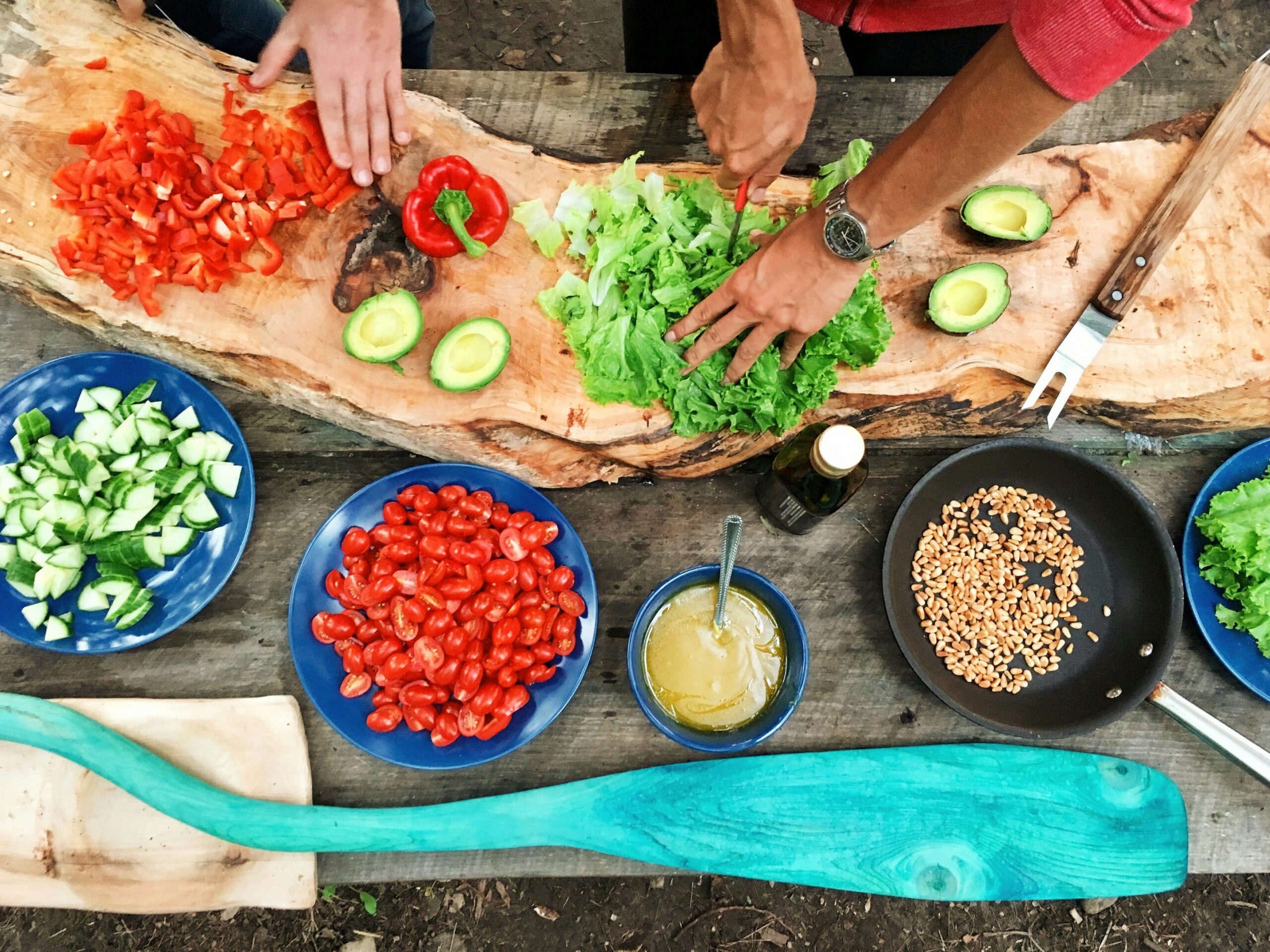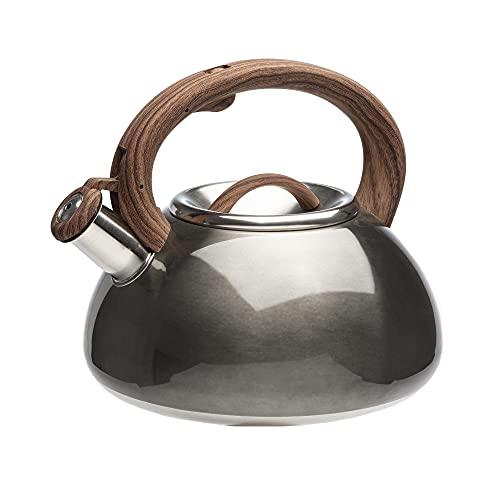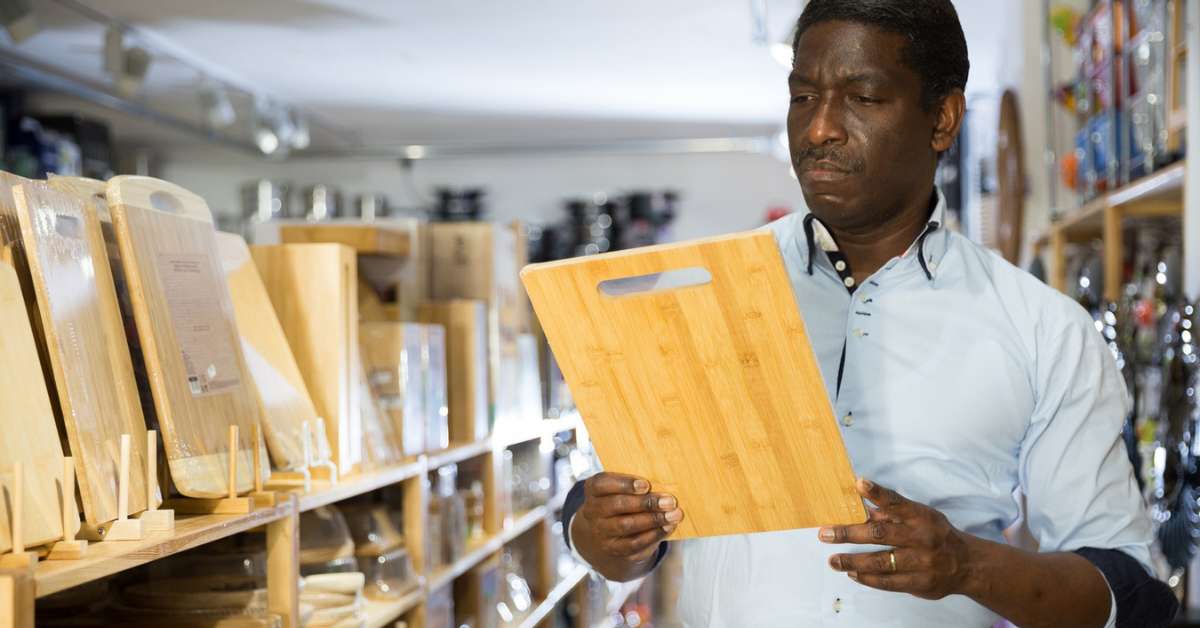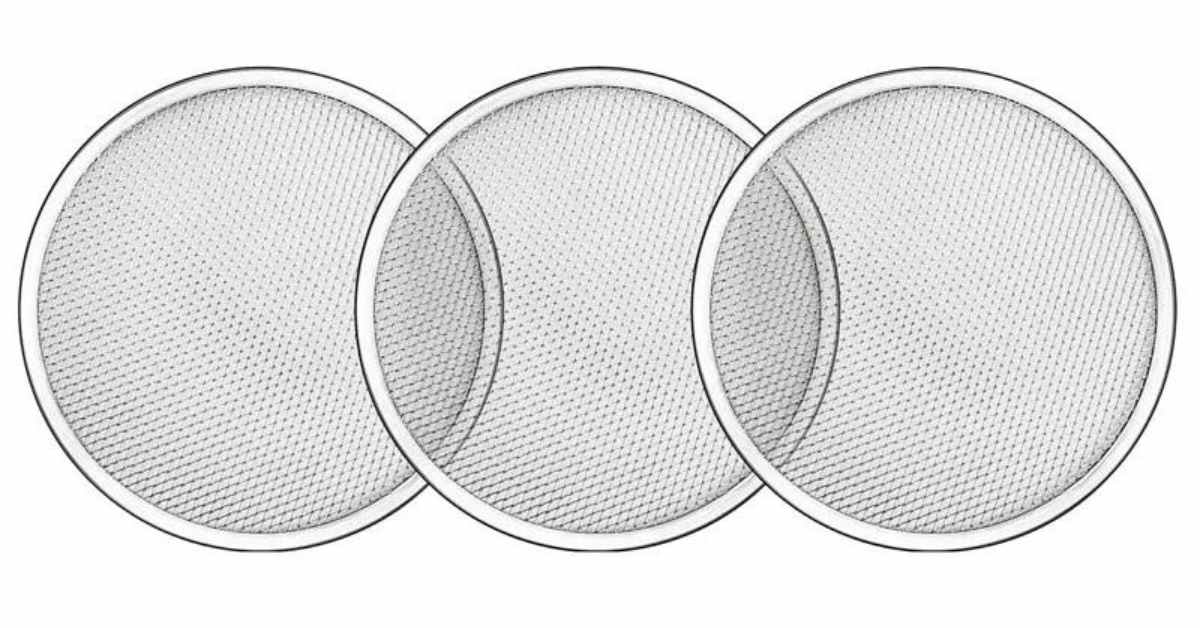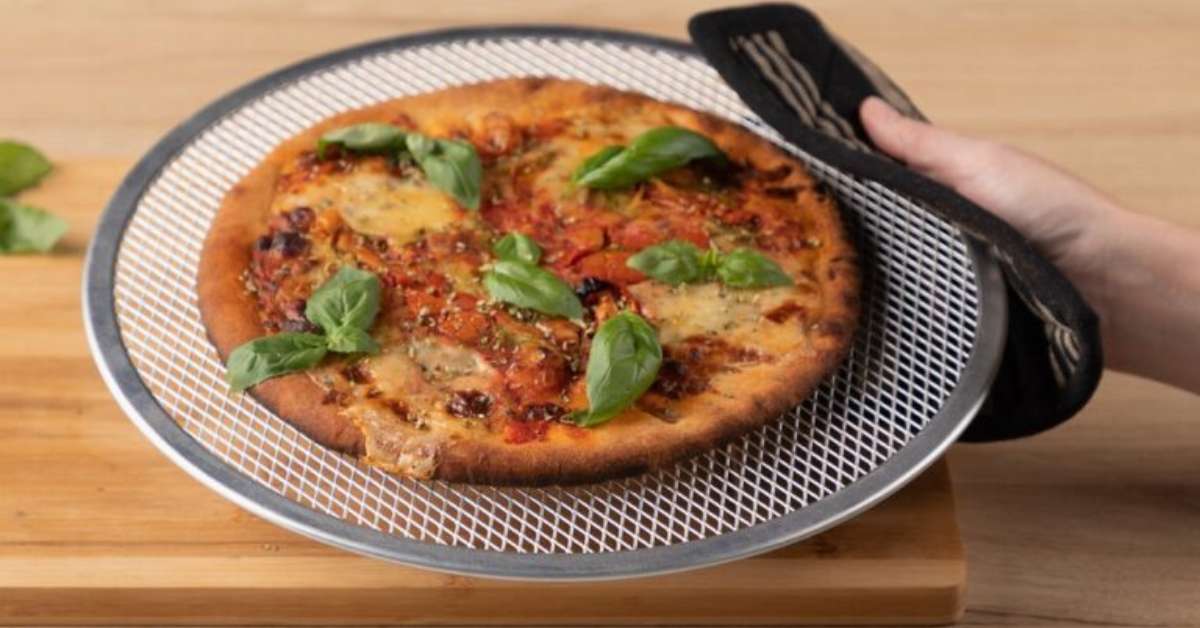Are you an enthusiastic baker eager to whip up some delicious homemade bread but without a loaf pan? Fear not! In this ultimate guide, we will explore the best substitute for loaf pan, allowing you to continue baking your favorite bread recipes without a hitch.
Whether you’re looking for a quick fix or a creative alternative, we’ve got you covered. Say goodbye to the limitations of kitchen equipment and embrace the versatility of these alternatives that can easily fit into your baking adventures. Let’s dive in and discover the perfect solutions for your loaf pan woes!
Table of Contents
ToggleWhat is Loaf Pan
A loaf pan, a bread pan, or a baking tin is a kitchen utensil designed explicitly for baking bread. It is typically rectangular, with straight sides and a flat bottom, providing the perfect structure for baking bread loaves. Loaf pans are commonly made from materials like aluminum, stainless steel, or non-stick coatings, which help in even heat distribution and prevent the bread from sticking to the pan.
The primary purpose of a loaf pan is to shape the dough into a specific form while baking, resulting in a well-defined loaf with evenly browned sides and a soft interior. The dimensions of a standard loaf pan can vary, but most commonly, it measures around 9 inches long, 5 inches wide, and 3 inches deep.
Loaf pans are not limited to bread-making alone; they can also be used for baking cakes, meatloaf, and other recipes requiring a uniform shape and uniform heat distribution. The structure provided by a loaf pan ensures that the baked goods maintain their shape and cook evenly, allowing for a delightful culinary experience.
Now that we understand what a loaf pan is and its purpose let’s explore some fantastic alternatives that can come to your rescue when you find yourself without a loaf pan.
Common Loaf Pan Substitutes

When you don’t have a loaf pan at hand, don’t worry! There are several alternatives you can use to bake your favorite bread recipes. Let’s take a look at some common substitutes that can save the day:
Baking Sheet or Cookie Sheet
A baking or cookie sheet can be a versatile substitute for a loaf pan. Shape your dough into a loaf shape and place it on the baking sheet. Line it with parchment paper or grease it lightly to prevent sticking. The lack of sides in a baking sheet allows for a slightly different shape, but you’ll still achieve a deliciously baked bread.
Casserole Dish
Usually rectangular or square, a casserole dish can be an excellent alternative to a loaf pan. It offers similar dimensions and depth, providing the structure needed to bake a loaf of bread. Grease the dish or use parchment paper to ensure easy removal of the bread once baked.
Muffin Tin
While typically used for making muffins and cupcakes, a muffin tin can also be repurposed to create mini loaves. Divide your bread dough into smaller portions and shape each into the muffin cups. This option is perfect for portion control or when you want to experiment with different flavors or fillings.
Bundt Pan
Although primarily used for making beautifully shaped cakes, a Bundt pan can substitute for a loaf pan. The center tube in a Bundt pan helps with even heat distribution, resulting in well-cooked bread. Remember that the pan’s decorative shape may give your bread an exciting twist.
Pie Dish
A round or rectangular pie dish can conveniently substitute a loaf pan. Its shallow depth may alter the shape of the bread slightly, but it will still provide a platform for baking delicious bread. Grease the dish or use parchment paper to ensure easy removal once the bread is baked.
With these ordinary loaf pan substitutes, you can confidently embark on your baking adventures, even when a loaf pan is not readily available. Embrace creativity and adaptability in your kitchen as you continue to enjoy the wonders of homemade bread.
Other Unconventional Substitutes
If you’re feeling adventurous and want to explore even more unconventional substitutes for a loaf pan, here are some unique options to consider:
Mason Jars
Mason jars can be an exciting substitute for individual-sized bread loaves. Layer the ingredients in the jar, leaving enough space for the dough to rise. Seal the jar with a lid and bake it directly in the oven. The result is a charming, portable loaf with a rustic touch.
Coffee Cans
Clean, empty coffee cans can be repurposed as makeshift loaf pans. Grease the inside of the can, pour in the bread dough, and place it in the oven. The cylindrical shape of the can will give your bread a distinct look reminiscent of traditional baked goods.
Clay Pots
Clay pots, often used for cooking stews or roasting, can be an alternative to a loaf pan. Make sure the pot is oven-safe and unglazed. Grease the pot or line it with parchment paper, then shape the dough and place it inside. The clay pot adds a unique flavor and texture to the bread.
Aluminum Foil
You can use aluminum foil to fashion a makeshift loaf pan in a pinch. Fold and shape the foil into a rectangular form, ensuring it is sturdy enough to hold the dough. Remember to grease the foil or use parchment paper to prevent the bread from sticking.
Paper Bags
Surprisingly, paper bags can be used to bake bread. Shape the dough into a loaf, place it in a greased paper bag, and fold the opening tightly to secure it. Put the bag on a baking sheet and bake it in the oven. The bag helps trap moisture, producing soft, moist bread with a slightly crunchy crust.
While these unconventional substitutes may deviate from traditional loaf pans, they offer exciting possibilities for your baking experiments. Embrace the unexpected and let your creativity soar as you explore unique alternatives in your quest for the perfect loaf of bread.
How to Choose the Right Substitute
When selecting a substitute for a loaf pan, it’s essential to consider a few factors to ensure the best results. Here are some guidelines to help you choose the correct alternative:
Size and Shape:
Consider the dimensions and shape of the original loaf pan called for in your recipe. Look for a substitute that closely matches these measurements to maintain the intended volume and texture of the bread. While the shape may vary slightly with specific alternatives, aim for a similar size to ensure even baking.
Material:
Different materials conduct heat differently, which can affect the baking process. Loaf pans are made of aluminum, stainless steel, or coated non-stick surfaces. When choosing a substitute, choose oven-safe materials that provide good heat distribution to ensure the bread bakes evenly.
Depth:
The depth of the substitute pan is crucial in supporting the dough as it rises and bakes. Choose a substitute with a similar depth to maintain the desired texture and structure of the bread. The bread may spread too much if the pan is too shallow, resulting in a flatter loaf.
Greasing and Lining:
Consider whether the substitute pan requires greasing or lining with parchment paper. Some alternatives may need greasing to prevent the bread from sticking, while others, like non-stick surfaces or disposable paper bags, may not require additional greasing. Follow the instructions specific to the substitute you choose to ensure easy removal of the baked bread.
Adaptation:
Remember that using a substitute pan may slightly alter the appearance or shape of the bread. Embrace the uniqueness of each alternative and be open to creative adaptations. Experiment with different substitutes to discover new textures, flavors, and presentations.
By carefully considering these factors, you can confidently select the suitable substitute for your loaf pan and continue enjoying your baking adventures without limitations. Embrace the versatility of alternative options and let your culinary creativity shine as you create delicious homemade bread.
Tips for Using a Substitute Loaf Pan
When using a substitute loaf pan, it’s helpful to remember a few tips to ensure successful baking. Here are some valuable suggestions to make the most of your chosen alternative:
Grease or line the pan:
Before adding the bread dough to your substitute loaf pan, grease it or line it with parchment paper. This step will prevent the bread from sticking to the pan, making it easier to remove once baked. Follow the specific instructions for greasing or lining based on the material of the substitute pan.
Adjust baking time and temperature:
Depending on the substitute pan you choose, you may need to adjust the baking time and temperature slightly. Thicker or darker pans may require a longer baking time, while thinner or lighter pans may need less time. Keep a close eye on the bread as it bakes, and rely on visual cues and a toothpick test to determine when it’s done.
Monitor the loaf shape:
Alternative plans may result in a slightly different shape for your bread loaf. Embrace uniqueness and be prepared for variations in appearance. If you’re using a substitute that deviates significantly from a traditional loaf shape, such as muffin tins or Bundt pans, consider adjusting the baking time accordingly to ensure the bread cooks evenly.
Use caution with delicate substitutes:
Some unconventional substitutes, such as mason jars or clay pots, require extra care during baking. Please ensure they are oven-safe and handle them cautiously to avoid accidents. It’s always a good idea to place delicate substitutes on a sturdy baking sheet for added stability.
Test for doneness:
Use the tried-and-true toothpick test to determine if your bread is fully baked. Insert a toothpick or skewer into the center of the loaf; if it comes out clean or with a few dry crumbs, the bread is done. If it comes out with wet dough or batter, continue baking for a few more minutes before testing again.
Allow for proper cooling:
Once your bread is baked, please remove it from the substitute loaf pan and place it on a wire rack to cool completely. This allows for even airflow around the loaf, preventing moisture from accumulating and ensuring a crisp crust.
By following these tips, you can successfully navigate the use of substitute loaf pans and achieve excellent baking results. Embrace the versatility and creativity of exploring alternative options, and enjoy your homemade bread to the fullest.
Creative Ideas for Loaf Pan Alternatives
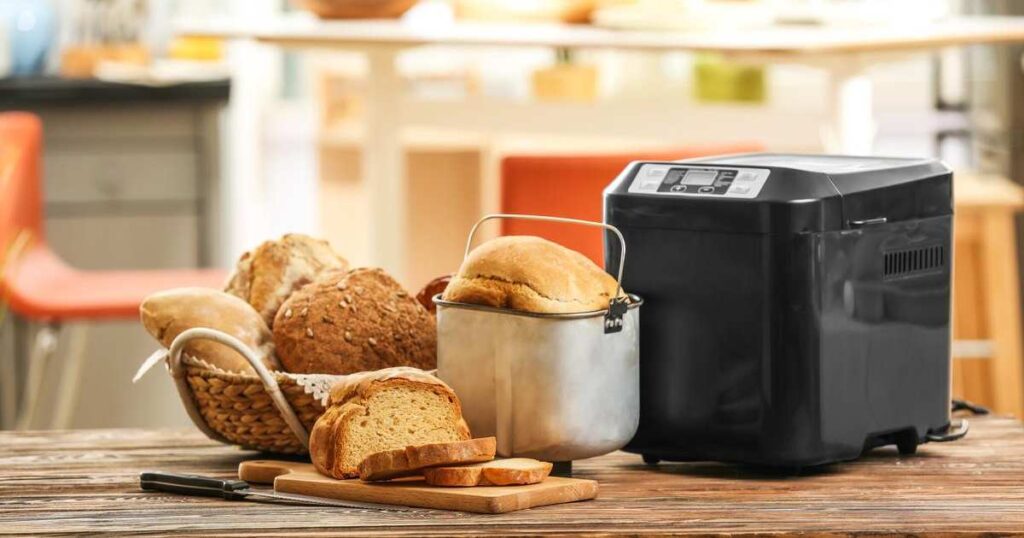
If you’re looking to think outside the box and explore even more creative alternatives to a traditional loaf pan, consider these unique options:
Bread Machine
If you own a bread machine, take advantage of its versatility. Many bread machines have a specific setting for baking bread without using a separate loaf pan. Follow your bread machine’s instructions and let it work for you. This option is convenient and ensures consistent results.
Slow Cooker
Believe it or not, your trusty slow cooker can double as a loaf pan substitute. Grease the inside of the slow cooker and shape your bread dough to fit comfortably inside. Cover the slow cooker with its lid and cook on low heat for several hours until the bread is fully baked. This method produces a moist, tender loaf with a slightly different texture.
Dutch Oven
A Dutch oven, known for its excellent heat retention, can be an ideal substitute for a loaf pan. Preheat the Dutch oven in the oven before placing the bread dough inside. Cover it with the lid and bake as directed in your recipe. The Dutch oven creates a steamy environment, producing a crispy crust and a soft interior.
Instant Pot
If you own an Instant Pot or a similar electric pressure cooker, you can use it as a creative alternative to a loaf pan. Grease a heat-safe container or a springform pan that fits inside the Instant Pot. Place the container with the bread dough on a trivet inside the Instant Pot and cook in the appropriate setting. This method provides moist and evenly baked bread.
Grill
Yes, you read that right! You can even bake bread on a grill. Grease a cast iron skillet or a disposable aluminum pan and place it on a preheated grill. Cover the grill and bake the bread until it reaches the desired doneness. Grilling adds a unique smoky flavor to the bread, making it perfect for outdoor gatherings or adding a summery twist to your baking adventures.
With these creative alternatives, you can break free from the confines of a traditional loaf pan and explore new ways to bake bread. Each method offers its unique results, allowing you to infuse your homemade bread with exciting flavors and textures. Get ready to impress your family and friends with your ingenuity and delicious creations.
Frequently Asked Questions
Can I use a substitute pan for all types of bread recipes?
Yes, you can use a substitute pan for most bread recipes. However, remember that the bread’s shape and size may vary slightly, affecting the appearance and baking time. Adjusting the baking time accordingly and monitoring the bread closely for doneness is always a good idea.
Will using a substitute pan affect the texture of my baked goods?
A substitute pan may produce a slightly different texture than a traditional loaf pan. Thinner or darker pans may result in faster or uneven baking, while thicker pans may require longer baking times. It’s essential to adapt the baking time and keep an eye on the bread as it bakes to achieve the desired texture.
What size pan can I substitute for a loaf pan?
When substituting a loaf pan, look for a pan with similar dimensions to the original pan called for in your recipe. Aim for a similar length, width, and depth to ensure the bread bakes evenly. Adjust the baking time if the substitute pan is slightly larger or smaller.
What can I use if I don’t have a loaf pan?
If you don’t have a loaf pan, there are several alternatives you can use, such as baking sheets or cookie sheets, casserole dishes, muffin tins, Bundt pans, or pie dishes. These options may result in slightly different shapes or textures, but they will still allow you to bake delicious bread.
What can I use instead of a loaf pan for meatloaf?
You can use alternatives such as a casserole dish or a baking dish for meatloaf. These options provide enough space and depth for shaping and baking meatloaf. Grease or line the dish with parchment paper to prevent sticking and ensure easy removal once the meatloaf is cooked.
Conclusion
Finding the best substitute for a loaf pan opens up possibilities in your baking adventures. There are countless ways to achieve delicious bread creations, from using common alternatives like baking sheets or casserole dishes to exploring unconventional options like mason jars or clay pots.
Consider the substitute pan’s size, material, and shape, and don’t be afraid to experiment and adapt recipes accordingly. Creativity and flexibility allow you to continue to bake and enjoy homemade bread without a traditional loaf pan. So go ahead, unleash your culinary imagination, and discover the joy of baking with innovative substitutes.


